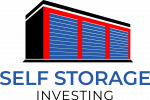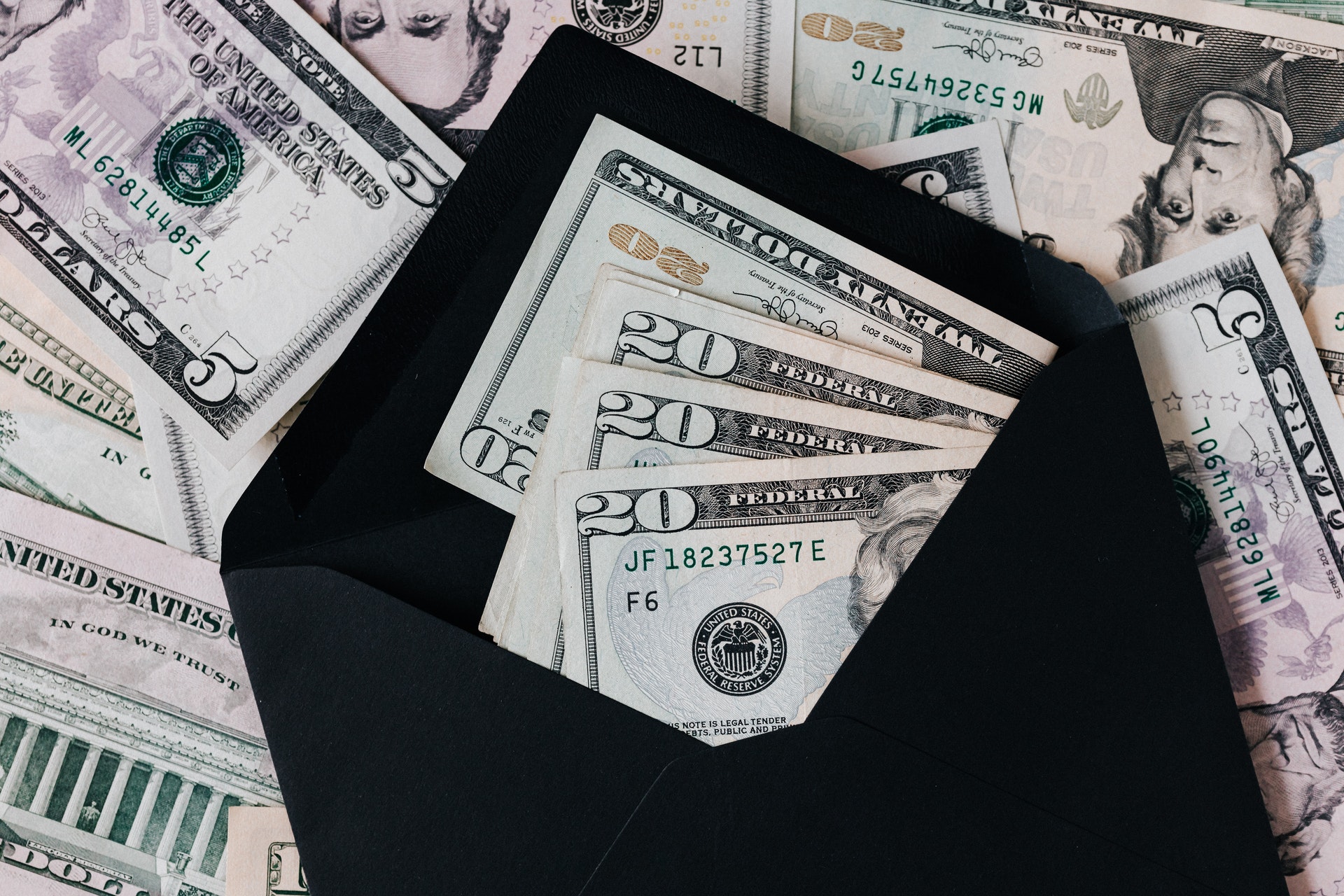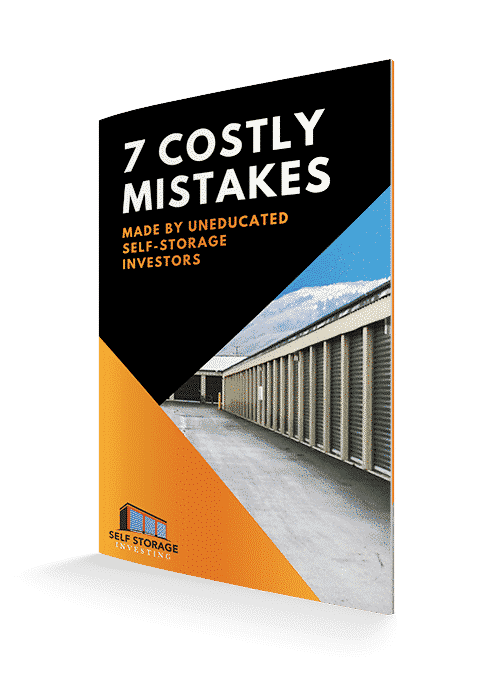One hundred thousand dollars is a significant amount of money. Putting the money into a well-vetted investment may turn the initial $100,000 into a lot more, but how do you know where to invest it? There are a lot of options, but some are absolutely better than others.
Let’s check out some of the best ways to invest your $100k.
Factors in Deciding How to Invest $100k
Investors have a multitude of options. Several determining factors should be considered before choosing an investment strategy. Investors should address issues such as whether they are looking for a low-cost/low-hassle strategy, whether they want to invest all of their money at once, hands-on vs. hands-off approach, investing experience and knowledge they have, risk tolerance, etc. Depending on their preferences, they can finalize the kind of investment they want to make and the services/companies they wish to use.
What Are the Best Ways to Invest $100k?
Here are some of the options you have to invest $100,000 with confidence:
Paying Down a High-Interest Debt
If you have a debt with a high-interest rate, then use your 100k to pay it off. This debt may include credit card debt or other forms of loans. There are several sound reasons why it is highly advisable to pay off your debt before doing anything else.
The average credit card interest rate is 16%, significantly higher than the average annual stock market return. You should keep in mind that debt accumulates interest. The more you delay paying off debt, the more money you will owe.
Create an Emergency Fund
It is always essential to have three to six months of living expenses saved up in case of emergencies. An emergency fund is what you set aside for things you haven’t planned. It helps you overcome challenges such as losing your job, getting sick, having a car accident, etc. With an emergency fund, you have money set aside to help you when something comes up.
Individual Stocks
Stock (equity) is one of the three traditional asset classes, and its units are called shares. In addition to providing long-term growth opportunities, stocks are a great way to diversify your portfolio. They provide you an opportunity to invest in various companies and industries. Stock returns are generally quite strong. The average stock market return is about 10% annually. Remember that 10% is just the average, and you shouldn’t necessarily expect similar returns every year.
Stock is a liquid asset class, i.e., it can be turned into cash in a relatively short period. A relatively low barrier of entry is one of the most significant advantages of investing in individual stocks. Also, there is potential for big gains. With active investing, there’s every possibility you can turn your $100,000 into substantially more a lot faster than you can with passive investing. It’s a great way to increase your overall earnings and diversify your portfolio potential.
Although stocks can potentially provide the biggest rewards, they are time-consuming and risky, and investing requires a fair amount of time and knowledge. You should carry out extensive research on companies. Ideally, you should be knowledgeable about methods of equity analysis like fundamental analysis, technical analysis, etc. Avoid complicated and/or risky investments, at least until you have a full understanding of the stock market.
Stocks can be quite risky. Your money may fluctuate along with the ups and downs of the economy. Because of these instabilities, financial advisors typically propose putting large sums of money into ETFs and mutual funds rather than individual stocks.

Exchange-Traded Funds (ETFs) and Mutual Funds
Investing 100k in ETFs and mutual funds can be a viable option for anyone who likes the stock market but prefers a more hands-off approach and is risk-averse.
Mutual funds and ETFs are baskets of stocks that have a steady growth. They differ from individual stocks because they are less risky and are pre-bundled for investors. When people invest in either an ETF or a mutual fund, they are investing in a portfolio of assets that have already been selected for them.
Mutual funds pool money from many individuals and invest it in bonds, stocks, short-term money-market instruments, or other securities. They have a manager (a person who chooses what to include within the fund). In 2020, mutual funds in seven broad categories roughly averaged a 10% return, almost double the average annual return over the prior fifteen years.
ETFs (exchange-traded funds) are traded on an exchange exactly like stocks. ETFs usually follow a specific index (like the S&P 500), while mutual funds are a portfolio of stocks carefully selected by analysts. An ETF acts just like a stock and is typically not actively managed.
All mutual funds and ETFs have fees that lower returns. However, ETFs tend to be more cost-effective and more liquid when compared to mutual funds. The difference is that ETFs are bought and sold throughout the day on stock exchanges, allowing price variation during the entire day, while mutual funds are bought and sold based on their price at the day’s end.
Mutual funds and ETFs can provide returns in three ways: dividend payments (income in the form of dividends on the securities in mutual fund and ETF portfolio), capital gains distributions (an increase in the price of mutual fund and ETF securities), and increased market price (increase in the market value of the mutual fund and ETF portfolio).
Robo Advisors
If you find investing stressful, you might want to consider a passive form, such as investing with a Robo advisor. If you are after an easy and low-cost option, using a Robo advisor is another hands-off method whereby you can invest in stocks with your $100k.
A Robo advisor is a broker able to manage loads of investments at once and make algorithm-driven decisions. A Robo advisor can use questionnaires to gauge your risk tolerance. You just specify your goal/risk level, and the Robo advisor algorithm will do the rest.
Robo-advisors usually charge relatively low fees. Their cost-effectiveness can often lead to increased growth of an investment in the long run. Robo advisor companies offer automated portfolio management for less than you’d pay a human to perform the same task.
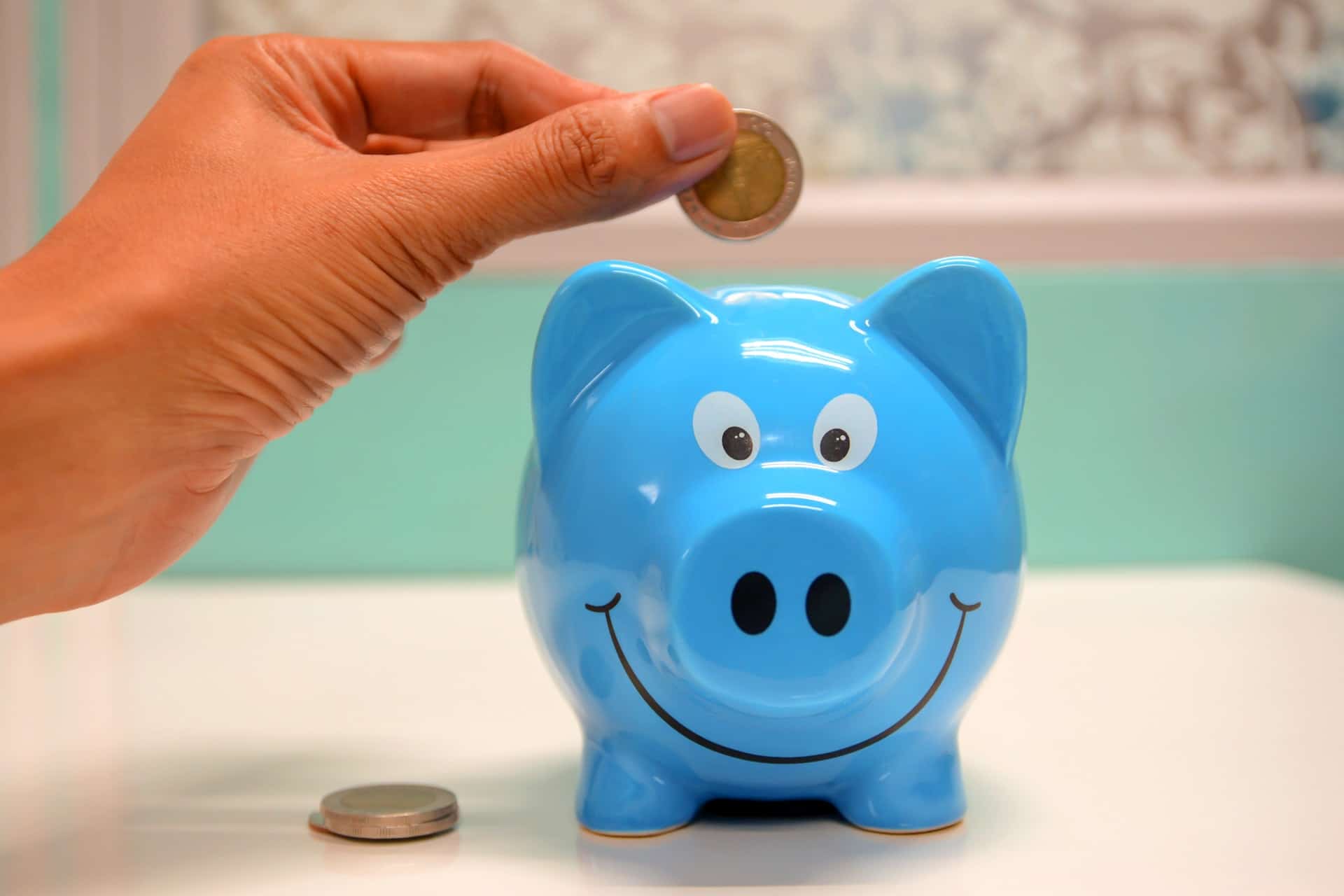
Peer-to-Peer Lending (P2P)
Another great way to invest your $100,000 is through peer-to-peer (P2P) lending. This is an alternative investment that allows people to lend their money to businesses or individuals who need it. P2P lending is done via a platform that matches lenders with borrowers. This allows individual investors to act as the bank in certain circumstances.
Borrowers can request loans on these platforms for various amounts, and lenders can invest with as little as $25. With a P2P lending platform, you can usually decide to whom you’ll lend, according to the borrower’s information available on the platform. At that point, the money is loaned out and returned when the loan is paid back.
Higher-risk loans can give you a great return. You can also make fairly safe loans to individuals who are considered low-risk borrowers and have excellent credit (the interest rate is typically 2-6%).
The borrower’s potential inability to repay the loan is one of the biggest risks (called credit risk) in P2P lending. Another risk is the peer-to-peer lending platform closing, preventing you from recovering your money (platform risk). If you want to be a P2P lender, you should weigh all risks before moving forward.
Individual Retirement Accounts (IRAs)
Saving for retirement is one of the smartest things you can do with $100,000. If you haven’t saved much for retirement yet, putting $100,000 toward your retirement account may make an enormous difference in your life in the long run. IRAs are a type of savings account made specifically for retirement.
There are several tax-deductible retirement accounts you can set up to make sure you are getting the most of your investment fund. Suppose you work for a company or organization with retirement benefits. In that case, they most likely offer some type of 401k or 403b account to which you can contribute. After you contribute to your employer’s retirement plan, consider maxing out an individual retirement account (IRA).
There are two types of IRAs. The first type, a traditional IRA, provides you with a tax credit on your contributions now while you’re paying into it, but you’ll be taxed in retirement. The second type, a Roth IRA, forces you to pay taxes on the money before you contribute. Therefore, your investment is tax-free, and you won’t have to pay any taxes when you withdraw your money.
Safe Options
A certificate of deposit (CD) is another safe place to put your money for safekeeping. When you invest funds into a CD, you receive a fixed interest rate and agree to a term that ranges from a month to ten years. CDs tend to come with higher interest rates than savings accounts, but investors cannot touch their money until the term has elapsed. The longer the term, the higher the interest.
Security and stability are two main advantages of CDs. However, they require you to give up access to your money for a while. Therefore, reduced liquidity is one major drawback.
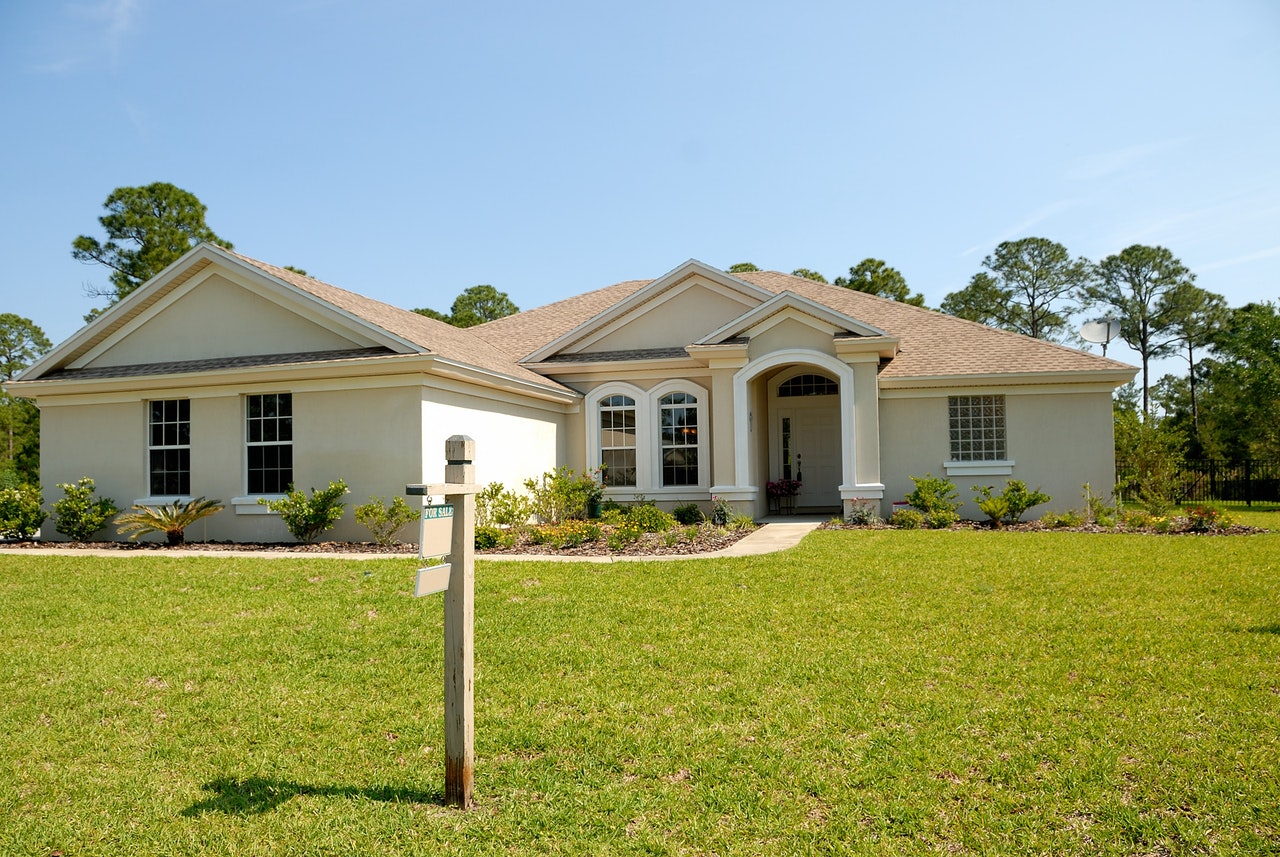
Real Estate
Real estate, an alternative asset class, is a safe and steady market to invest in. This customarily involves either residential and/or commercial properties.
A $100k investment in real estate would be a great option due to dual revenue streams. Monthly profit (the difference between a building’s maintenance costs and total revenue derived from rent) and the appreciated value of a property over longer periods are the two main sources of real estate income.
There are multiple options for real estate investors. You can buy a nice house in the suburbs for around $100,000 without paying any mortgage. You could also buy a $500,000 apartment complex, using your $100,000 as a 20% down payment. Alternatively, you could buy five $100,000 houses and put a 20% down payment on each. Below is a general description of all that you can do with your $100k:
- Using all your money to buy a single property. This is one of the best ways to invest $100k safely. Buying a single home with no debt gives you valuable equity that you simply can borrow against in the future. Furthermore, managing one property won’t take up much time, allowing you to pursue other ventures.
- Buying multiple rental properties: As mentioned earlier, you could buy a $500,000 apartment complex. One hundred thousand dollars is enough, in many places, to make a sizable down payment. Investing in multiple rental properties is an easy way to grow cash flow quickly. The main disadvantage of buying multiple rental properties is that managing them is time-consuming and labor-intensive.
- Using $100k as a down payment to buy a small apartment building: A multiple-unit apartment building provides high-income potential. The only disadvantage is the high level of property management skills that it requires.
- Fixing-and-flipping: This involves purchasing a reasonably priced house in need of repair, making all of the needed repairs as quickly as possible, and then selling the property for a profit to another buyer.
- Investing in a crowdfunded real estate deal: Crowdfunding occurs when numerous smaller investors pool their resources to help an active real estate investor complete a project and sell it, ideally at a high profit margin. Real estate crowdfunding is mostly managed through online platforms. Investors should consider the legitimacy/reputation of the crowdfunding platform they select.
- Investing in real estate investment trusts (REITs): REITs provide individuals with the opportunity to invest in real estate while remaining completely passive. They are companies that pool capital from several people to pursue large real estate deals. If you want to invest in REITs, it’s possible to buy shares directly. You can also ask financial managers, brokers, or other professional advisors to help you analyze the REITs according to your financial objectives.
There are some crucial steps to be taken before deciding to invest in real estate, such as careful market analysis, an inspection of the property itself, evaluating the value and condition of the property, etc. The optimal method to put $100,000 to work in real estate depends on how much risk you are willing to shoulder and whether you want to be actively involved in the investment or not.

Investing in Self-Storage Units
Commercial real estate is made up of multiple property types, with one option being self-storage units. A self-storage unit is a small storage space that can be rented out to companies, individuals, etc., to store their stuff.
Self-storage facilities have become big business; there are currently around 50,000 self-storage facilities in the United States. Also, this fast-growing sector generates more than $39 billion/year of revenues.
Pros and Cons of Self-Storage Investing
Here are some of the most interesting features/advantages of self-storage facilities:
- Low construction/building costs. They’re much more cost-efficient to construct than other commercial real estate sectors.
- Low staff requirement. Most facilities are run with one to two employees during the day and with a just security guard at night.
- Moderate management chores. Facilities are mostly self-sufficient, so they often don’t require full-time management.
- Growing demand. Nearly 1 in 10 American households uses a self-storage facility.
- Recession-resiliency. Irrespective of economic conditions, people will always need storage.
- Rising rental rates. Leases are monthly, allowing owners to hike rental rates from time to time.
And some disadvantages:
- Potential oversupply. Self-storage properties are cheap to build, and barriers to entry are low. So, oversupply could become problematic.
- Having to hire the right people. Finding and recruiting good managers/personnel who care and are passionate about your business is not easy, but that goes for virtually any passive investment venture.
How to Invest in Self-Storage Facilities
Developing your own storage facility, purchasing an existing one, and/or investing in a self-storage REIT are three available options for those individuals intrigued by investing in this lucrative business.
Developing your own self-storage facility is a costly and labor-intensive method. However, it can be extremely lucrative if done properly.
The first step to purchasing an existing facility is finding the right one. And how should you finance the purchase? The standard answer is that you need to pay 25% as a down payment and request for a loan of 75% of the property value, typically from a local bank. This works great if you have $100,000-$1 million in your checking account.
Many smaller self-storage properties are for sale for $50,000-$250,000. These would need a cash investment of $10,000-$62,500. You can use your 100K to invest in these units, which are often located in rural parts of the country.
A self-storage REIT owns and operates self-storage facilities. Investing in a self-storage REIT is a passive investment option requiring little time and enabling investors to generate healthy returns on investment through dividends. According to the National Association of REIT, the self-storage REIT produced the highest average annual return (17.43%) from 1994-2017. Especially when compared to the average annual return of all REITs (12.6%), self-storage REITs might be the very best way to invest your money if you’re looking for the highest possible ROI.
How Much Interest Does $100k Earn?
How much interest you’ll earn on $100,000 depends on your investment rate of return. Using the rate of return of 4% per year, this translates into a $4000 return annually.
With 6% per year, you’ll have $106,000 (or $6000 in profit) after the first year. 10% translates into $10,000, and so on.
What about after twenty years? Here we take a look at compound interest. With 2% per year, you’ll have $148,595 in twenty years (having earned $48,595). With 6% per year, you’ll have $320,714 in twenty years (having earned $220,714), and with 10% per year, you’ll have $627,750 in twenty years (having earned $527,750).
Conclusion
Having $100,000 to invest is a big accomplishment, but you have to make sure to put your money in the right places. There are many options. However, the decision should not be taken lightly and needs to be done with due diligence and suit the individual’s long-term financial objectives. After all, $100,000 is a whole lot of money.
What’s great is that you can use any of the above-mentioned options in combination with others. You can place $50,000 in passive index funds and put the remaining $50,000 in self-storage. Or you can use $30,000 to pay off debt and use the remainder to invest in an interest fund and a self-storage REIT. Overall, you should stick to relatively safe investments diversified enough to garner nice returns and mitigate risks.
If you want to learn more about how to invest your $100K, contact us today. We will instruct you on everything you need to know and do to become financially independent.
Кредит миттєво на картку за 15 хвилин, миттєва позика онлайн онлайн на картку всім громадянам України, які досягли 18 років під 2% в день.
Короткострокові кредити дозволяють вирішити термінові проблеми. Візьміть мікропозику на картку без відмови в Україні онлайн.
Видається кредит без перевірок онлайн дуже просто, адже компанія вже впевнена у вас. Взяти гроші в борг на карту терміново і без відмов.
